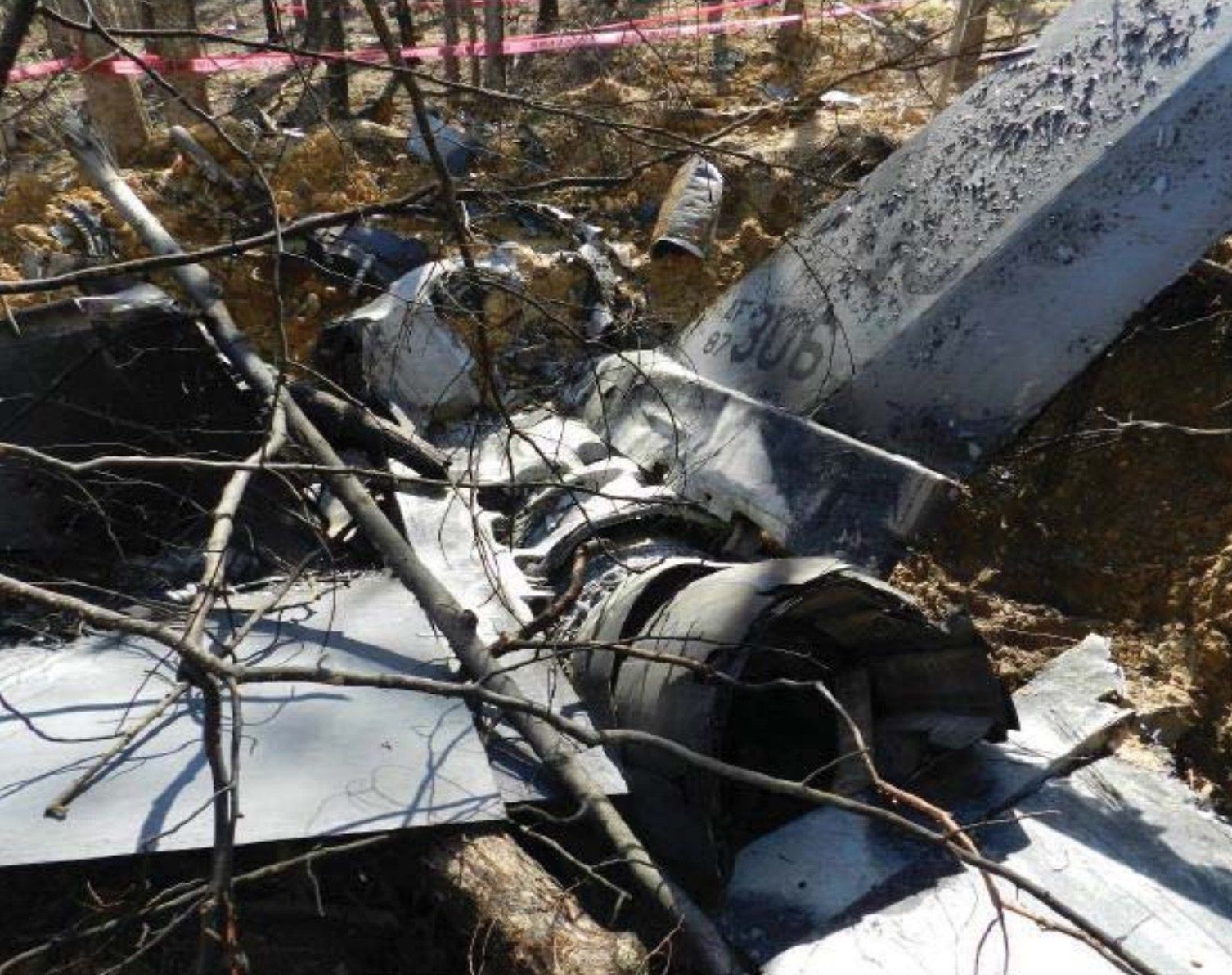
The F-16C that crashed on April 5, 2017, shortly after departure from Joint Base Andrews, was brought down by faulty reassembly of the main engine control (MEC) unit during overhaul, according to the Air Force Accident Investigation Board assigned to the mishap. The absence of a retaining ring and associated anti-rotation pin led to malfunction of a pilot valve, which caused a massive excess of fuel to be delivered to the engine. The excess fuel first manifested as uncommanded acceleration, but rapidly progressed to engine overspeed and “a severe in-flight engine fire that extended 20 to 30 feet aft of the aircraft,” according to the Air Force. No one was killed in the accident. The pilot ejected at 2000 feet after pointing the aircraft toward a wooded area 4 miles southwest of the departure airport.
This was the first flight for the single-engine fighter following installation of the overhauled MEC, which was conducted at the Air Force 552d Commodities Maintenance Squadron, Oklahoma City. During disassembly of the MEC, Air Force forensic specialists found two pieces missing, which led to the failure, along with an extra backing ring found lodged against a sealing gasket. An O-ring made of a material other than the one specified was also found in the MEC. The extra part and incorrect O-ring did not contribute to the accident, but were further evidence of a lack of parts control in the overhaul shop, according to the board. Air Force Col. David Cochran, who was the president of the Accident Investigation Board, wrote, “It is critically important to ensure that all small washers, shims, pins, clips, and retaining rings are accounted for during the MEC overhaul process, in accordance with the applicable technical order guidance. Omitting or improperly installing any of these items, as stated in the technical order, did result in failure of the MEC and aircraft loss.”


































